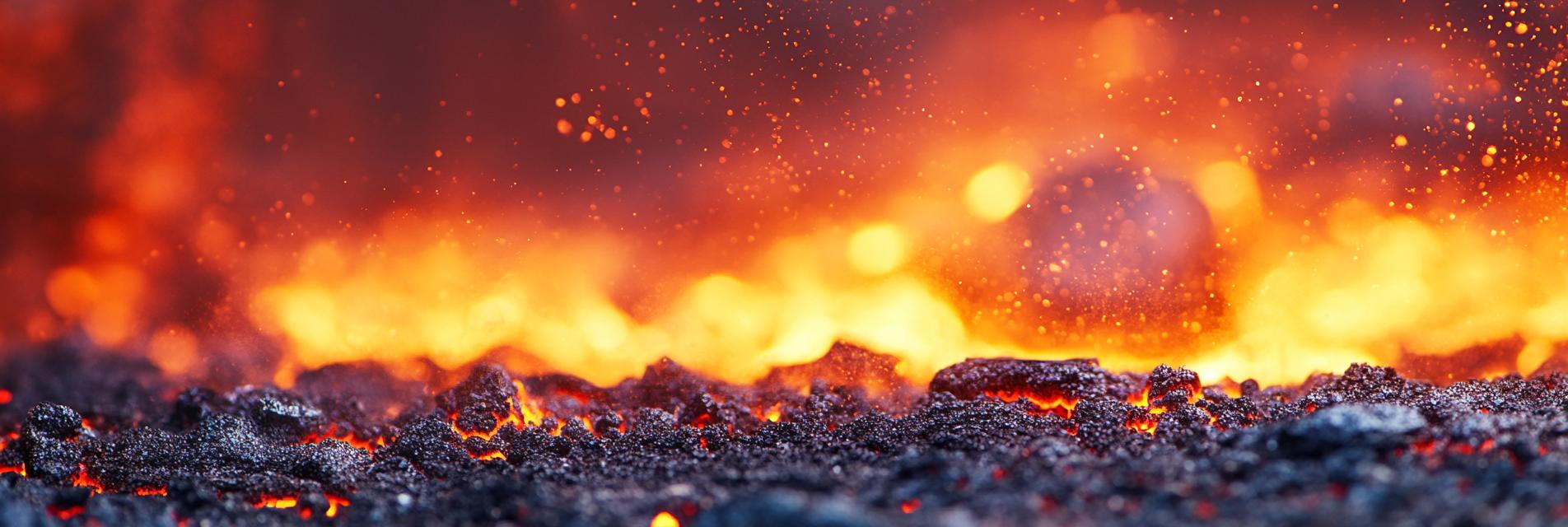Best Practices for Using AZS Steel in High-Temperature Kilns in the Middle East
2025-02-19
Zhengzhou Sunrise Refractory Co., Ltd.
Share and exchange
Explore the best practices for utilizing AZS steel in high-temperature kilns across the Middle East, focusing on durability, efficiency, and industry standards to enhance operational performance.
A Humorous Dive into AZS Steel Usage
Hello there, fellow enthusiasts of the fiery arts! 🔥 Today, we’re going to tackle a sizzling hot topic – the best practices for using AZS (Alumina-Zirconia-Silica) steel in those high-temperature kilns that are as common as sand in the Middle East. So grab your safety goggles — it's about to get hot in here!
Why AZS Steel?
Using AZS steel is like making sure your favorite shawarma has the right spices. It’s not just about the fun of cooking; it’s about maximizing durability and ensuring efficiency under those intense temperatures. Trust me, I’ve seen kilns that could practically pass for lava pools!
Best Practices (and a Dash of Humor)
- Choose the Right Grade: Just like choosing the right date, you need to choose the right grade of AZS for your kiln. Don’t settle for less! After all, a little extra zirconia can go a long way.
- Regular Maintenance: Treat your kiln like your beloved pet. Give it regular check-ups. If it starts making weird noises, it’s not auditioning for a music video!
- Temperature Monitoring: Keep an eye on those temperatures, folks! If your kiln suggests it’s feeling a little too heated, listen. It’s not being dramatic but rather practical.

Conclusion
In conclusion, using AZS steel in high-temperature kilns in the Middle East can significantly boost your operational performance when done right. So remember to apply these best practices, keep your humor intact, and may your kilns run hotter than a summer’s day!


